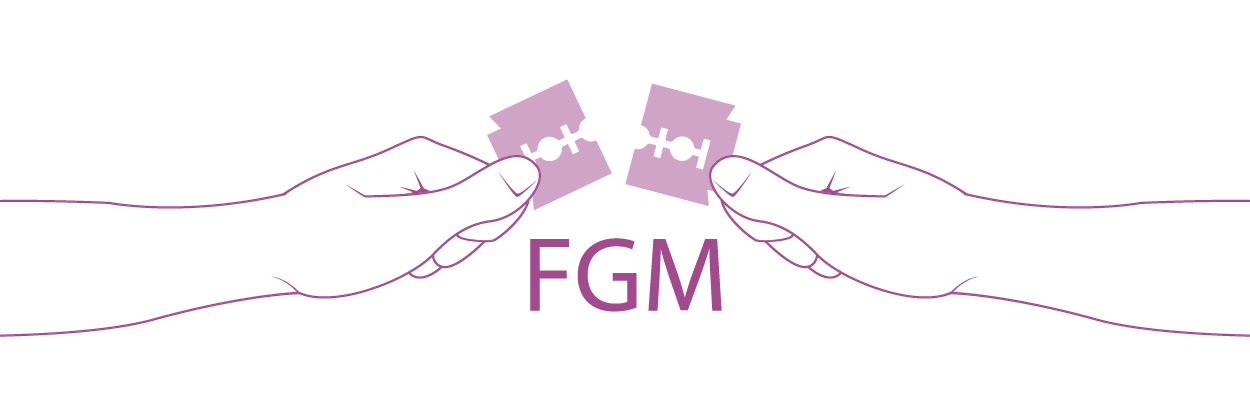Despite a global ban on female genital mutilation/cutting (FGM/C), and extensive advocacy campaigns and grassroots efforts to eradicate the practice, more than 200 million girls and women alive today have been cut, and in a few countries, FGM/C rates are on the rise. In others, however, rates have fallen dramatically—and worldwide the trend is towards less cutting. What’s to account for the decreases in FGM/C? In a new paper with Sarah Dykstra and Ben Crimson we look at one of the success stories, Burkina Faso, and what it tells us about the role of legal reform in the process. [+info]
